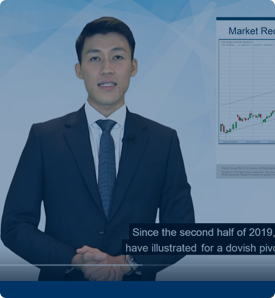Feeder funds
Table of Contents
Feeder funds
Diversification in investing refers to access to various investment choices that fit your financial objectives and risk tolerance. However, not all investors have the tools or knowledge to spot and seize investment opportunities across various markets and asset classes. Feeder funds are useful in this situation. Through a master fund managed by qualified investment professionals, feeder funds are a type of investment vehicle that enables investors to gain indirect access to a wide range of investment opportunities.
What are feeder funds?
Feeder funds are financial instruments that direct cash into a master fund, which may be situated in a different region or nation. A greater variety of investment options than otherwise might be accessed are made available to investors thanks to the feeder fund mechanism. Aside from gaining exposure to new markets and asset classes, investors profit from the expertise of the managers of the master fund.
Understanding feeder funds
Investors can indirectly access diverse investment opportunities through feeder funds, a type of investment vehicle. These funds give investors access to specialised investment techniques, professional management, and diversification. Before investing, however, investors should carefully analyse the performance, costs, and liquidity conditions of the feeder fund.
Individual investors who might lack the skills or knowledge to access the underlying investments directly find feeder funds to be particularly alluring. Although the performance of the feeder fund and the master fund are directly correlated, investors should know that their additional fees may impact their net returns.
Structure of feeder funds
Feeder funds are designed as financial entities that pool investor funds before investing those monies into a master fund. The master fund may be based in another nation or jurisdiction and is normally managed by a skilled investment team. The master fund, which has access to various investment options, is typically where the feeder fund’s investments are restricted.
Investors can access new markets and asset classes thanks to the structure of feeder funds with less risk and less initial outlay. All administrative responsibilities for investing in the master fund, such as reporting and regulatory compliance, are handled by the feeder fund. The feeder fund often charges investors fees, such as management and performance fees, in return for these services. Fees from the master fund may also be passed on to investors through the feeder fund.
Factors to consider while investing in a feeder fund
The several factors investors should consider before investing in a feeder fund are as follows:
- Feeder funds invest in a master fund with a specific investment objective. It is important to understand the investment objective of both the feeder fund and the master fund to determine if it aligns with your investment goals and risk tolerance.
- The investment strategy of the master fund is crucial to understanding the risks and potential returns of the feeder fund. Investors should research the investment strategy, asset allocation, and historical performance of the master fund.
- Fees have a big impact on a feeder fund investment’s net returns. Investors should evaluate the fees levied by various feeder funds and consider how this may affect their long-term results.
- The master fund’s experience and track record can offer important insights regarding the feeder fund investment’s likelihood of success.
- Feeder funds may be subject to different regulations and tax laws in different jurisdictions. Investors should research the regulatory environment of both the feeder fund and the master fund to understand the potential impact on their investment.
- Different liquidity conditions and limitations may apply to feeder funds than the master fund. Understanding the liquidity parameters of the feeder fund and the master fund is crucial to figure out whether they meet your investing demands.
Working of feeder funds
Feeder funds collect investor capital and then invest it into a master fund. The master fund may be based in a separate jurisdiction or nation and is often managed by a skilled investing team. The master fund, which has access to various investment options, is often where the feeder fund’s investments are restricted.
All administrative responsibilities for investing in the master fund, such as reporting and regulatory compliance, are handled by the feeder fund. The feeder fund often charges investors fees, such as management and performance fees, in return for these services. The master fund’s performance and the feeder fund are directly related.
As a result, the management team of the master fund’s investment strategy and knowledge play a significant role in the feeder fund’s ability to make money from investments. Investors’ ability to acquire or sell their shares may be impacted by the feeder fund’s potentially different liquidity terms and restrictions from the master fund.
Frequently Asked Questions
Investors can invest in feeder funds through financial advisors, brokers, or investment platforms. Feeder funds may have minimum investment requirements and may only be available to accredited or institutional investors.
To choose the best feeder funds, investors should consider the investment objective, investment strategy, fees, fund manager experience, regulatory environment, and liquidity terms of the fund.
Investors can choose from a variety of feeder fund types. Bond feeder funds invest in bonds, whereas equity feeder funds do the opposite. Sector feeder funds invest in a particular industry, such as technology or healthcare. While multi-manager feeder funds invest in multiple master funds managed by various investment managers, country-specific feeder funds invest in a specific country’s stock or bond markets. Alternative feeder funds make investments in unconventional assets.
The pros of feeder funds are:
- Access to diversified investment opportunities managed by experienced investment teams.
- Investing through a master fund has higher minimums than direct investments.
- The feeder fund handles regulatory compliance and reporting.
The cons of feeder funds are:
- An additional layer of fees can impact net returns
- The performance of the feeder fund is linked to the performance of the master fund
- Limited control over the underlying investments
- Liquidity restrictions may apply
Feeder funds can give individual investors access to a variety of investment options that they might not otherwise have. However, investors should consider the feeder fund’s investment strategy, fees, and liquidity terms before investing to ensure they align with their investment objectives and risk tolerance.
Related Terms
- Settlement currency
- Federal funds rate
- Sovereign Wealth Fund
- New fund offer
- Commingled funds
- Taft-Hartley funds
- Umbrella Funds
- Late-stage funding
- Short-term fund
- Regional Fund
- In-house Funds
- Redemption Price
- Index Fund
- Fund Domicile
- Net Fund Assets
- Settlement currency
- Federal funds rate
- Sovereign Wealth Fund
- New fund offer
- Commingled funds
- Taft-Hartley funds
- Umbrella Funds
- Late-stage funding
- Short-term fund
- Regional Fund
- In-house Funds
- Redemption Price
- Index Fund
- Fund Domicile
- Net Fund Assets
- Forward Pricing
- Mutual Funds Distributor
- International fund
- Balanced Mutual Fund
- Value stock fund
- Liquid funds
- Focused Fund
- Dynamic bond funds
- Global fund
- Close-ended schemes
- Passive funds
- Gilt funds
- Balanced funds
- Tracker fund
- Actively managed fund
- Endowment Fund
- Target-date fund
- Lifecycle funds
- Hedge Funds
- Trust fund
- Recovering funds
- Sector funds
- Open-ended funds
- Arbitrage funds
- Term Fed funds
- Value-style funds
- Thematic funds
- Growth-style funds
- Equity fund
- Capital preservation fund
Most Popular Terms
Other Terms
- Adjusted distributed income
- International securities exchanges
- Active Tranche
- Convertible Securities
- Synthetic ETF
- Physical ETF
- Initial Public Offering
- Buyback
- Secondary Sharing
- Bookrunner
- Notional amount
- Negative convexity
- Jumbo pools
- Inverse floater
- Forward Swap
- Underwriting risk
- Reinvestment risk
- Final Maturity Date
- Payment Date
- Secondary Market
- Margin Requirement
- Mark-to-market
- Pledged Asset
- Yield Pickup
- Subordinated Debt
- Trailing Stops
- Treasury Stock Method
- Stochastic Oscillator
- Bullet Bonds
- Basket Trade
- Contrarian Strategy
- Exchange Control
- Notional Value
- Relevant Cost
- Dow Theory
- Speculation
- Stub
- Trading Volume
- Going Long
- Pink sheet stocks
- Rand cost averaging
- Sustainable investment
- Stop-limit sell order
- Economic Bubble
- Ask Price
- Constant prepayment rate
- Covenants
- Stock symbol
- Companion tranche
- Synthetic replication
Know More about
Tools/Educational Resources
Markets Offered by POEMS
Read the Latest Market Journal

Navigating the vast world of unit trusts can be daunting. With nearly 2000 funds available...

Predicting Trend Reversals with Candlestick Patterns for Beginners
Candlestick patterns are used to predict the future direction of price movements as they contain...
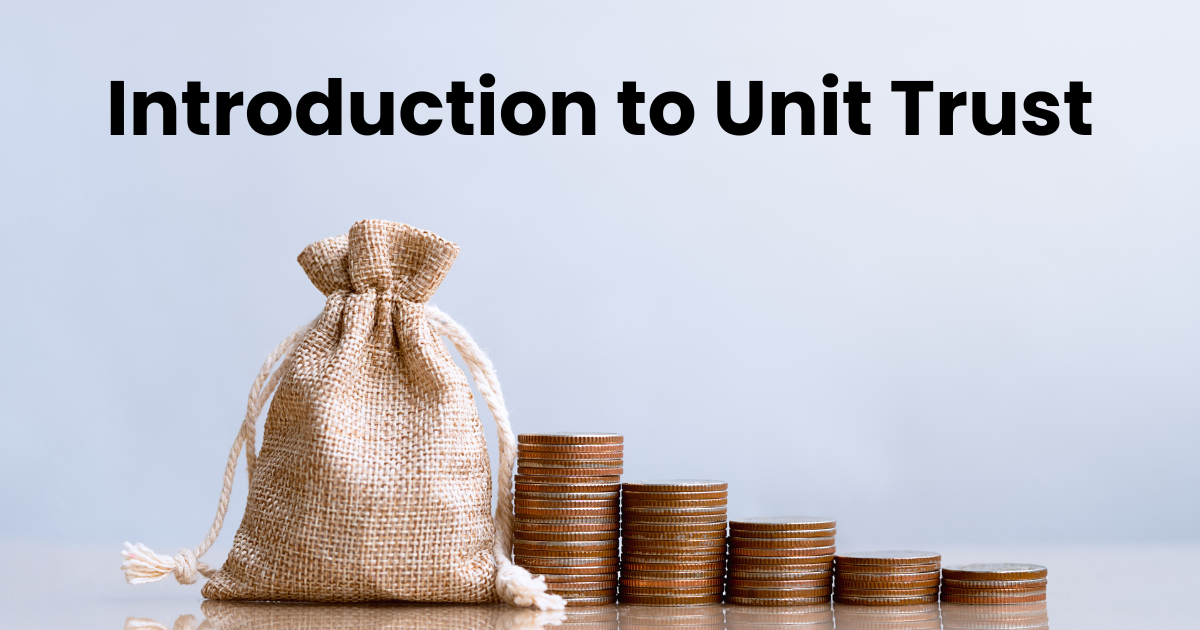
In the diverse and complex world of investing, unit trusts stand out as a popular...
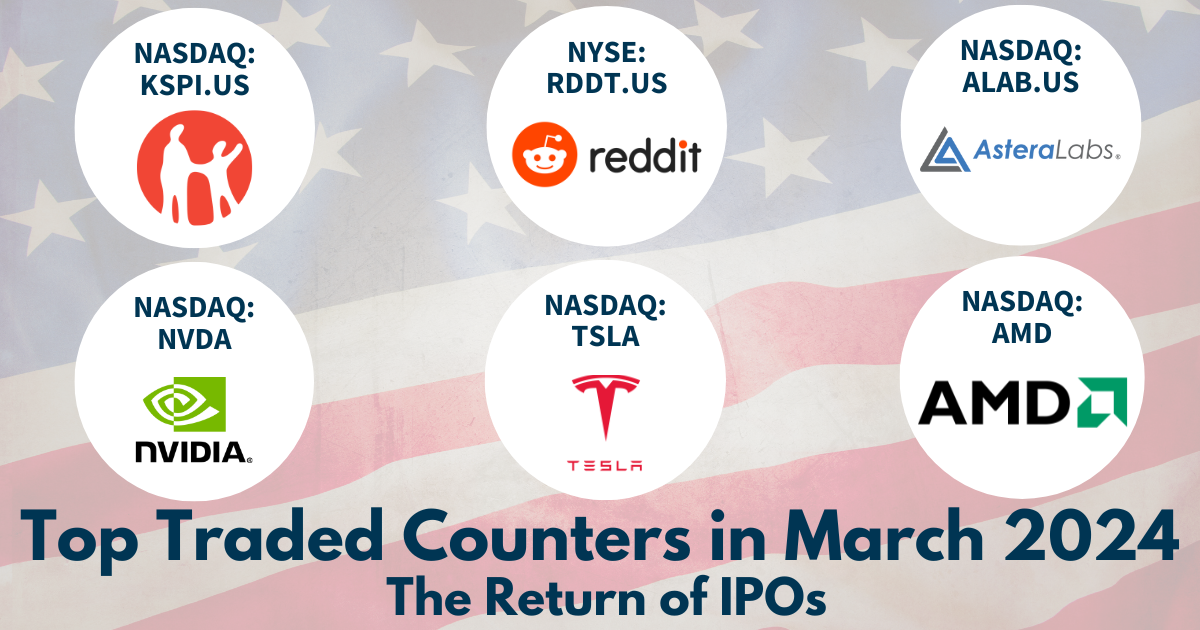
Back in Business: The Return of IPOs & Top Traded Counters in March 2024
Start trading on POEMS! Open a free account here! At a glance: Major indices continue...
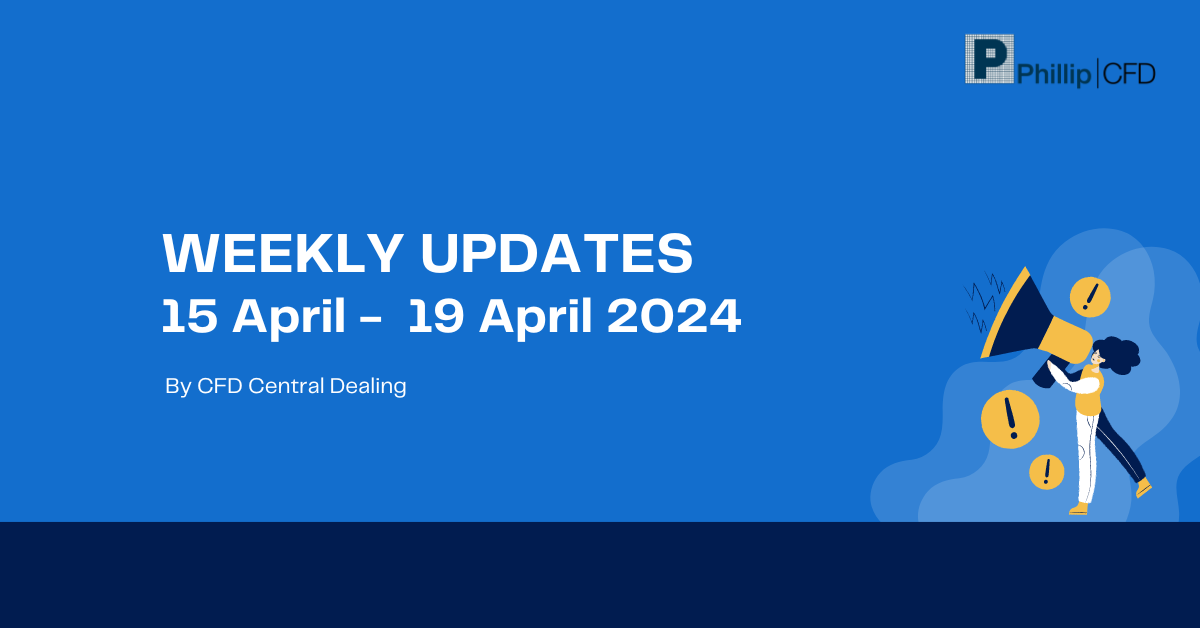
Weekly Updates 15/4/24 – 19/4/24
This weekly update is designed to help you stay informed and relate economic and company...
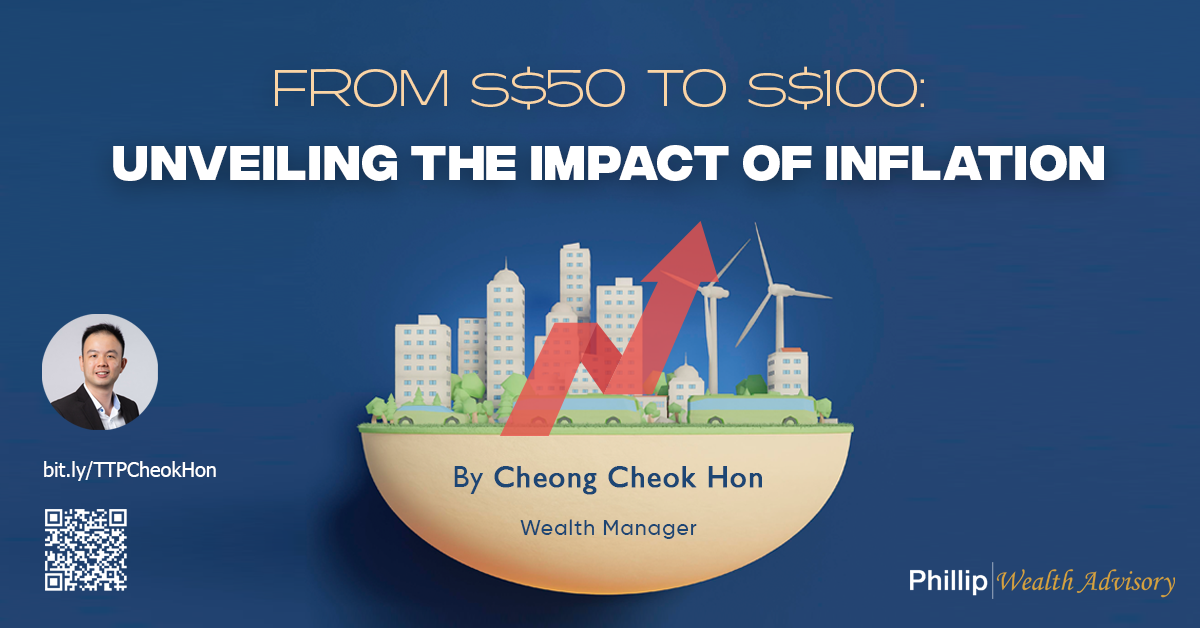
From $50 to $100: Unveiling the Impact of Inflation
In recent years, inflation has become a hot topic, evoking strong emotions as the cost...
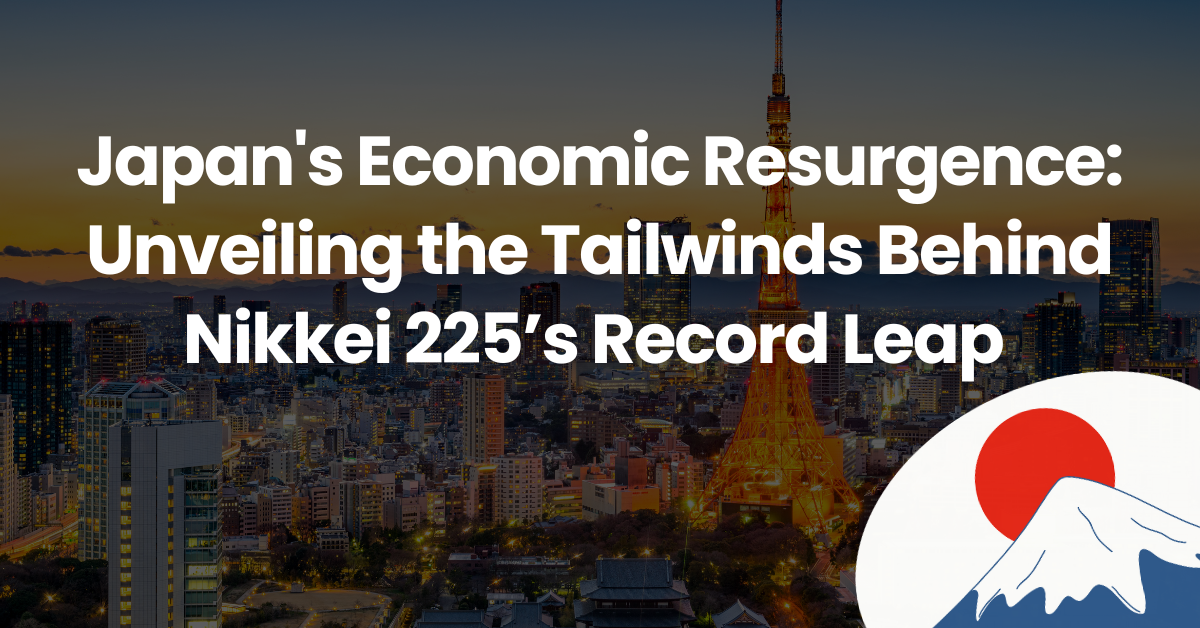
Japan’s Economic Resurgence: Unveiling the Tailwinds Behind Nikkei 225’s Record Leap
Source: eSignal, Intercontinental Exchange, Inc. In the heart of Japan’s economic landscape, the Nikkei 225...
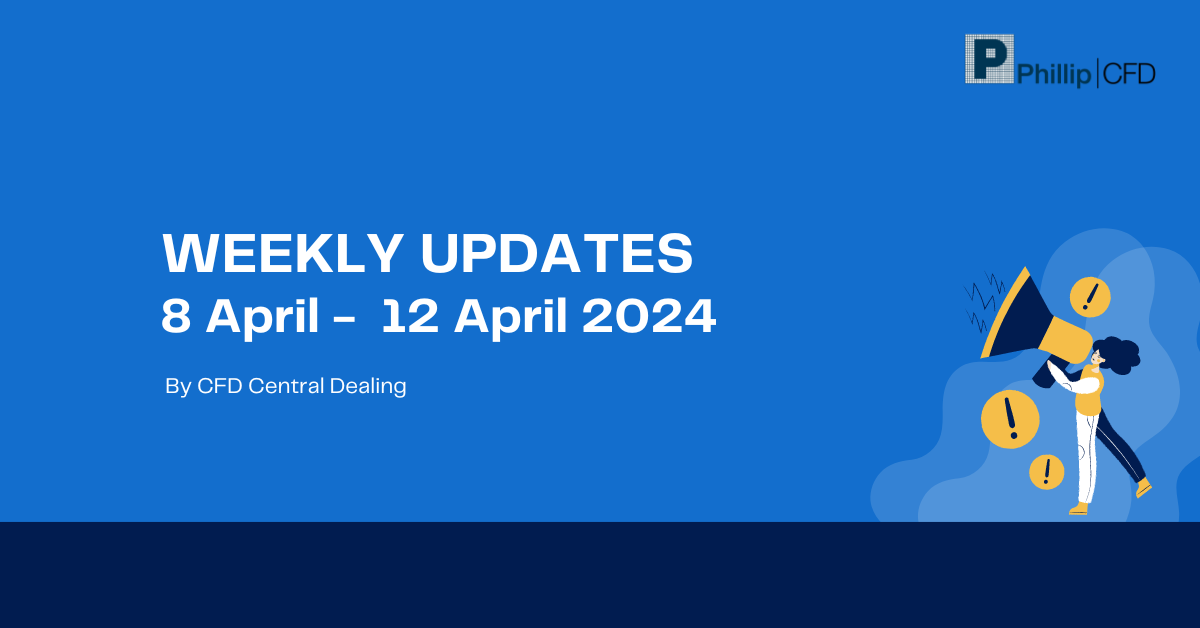
Weekly Updates 8/4/24 – 12/4/24
This weekly update is designed to help you stay informed and relate economic and...










